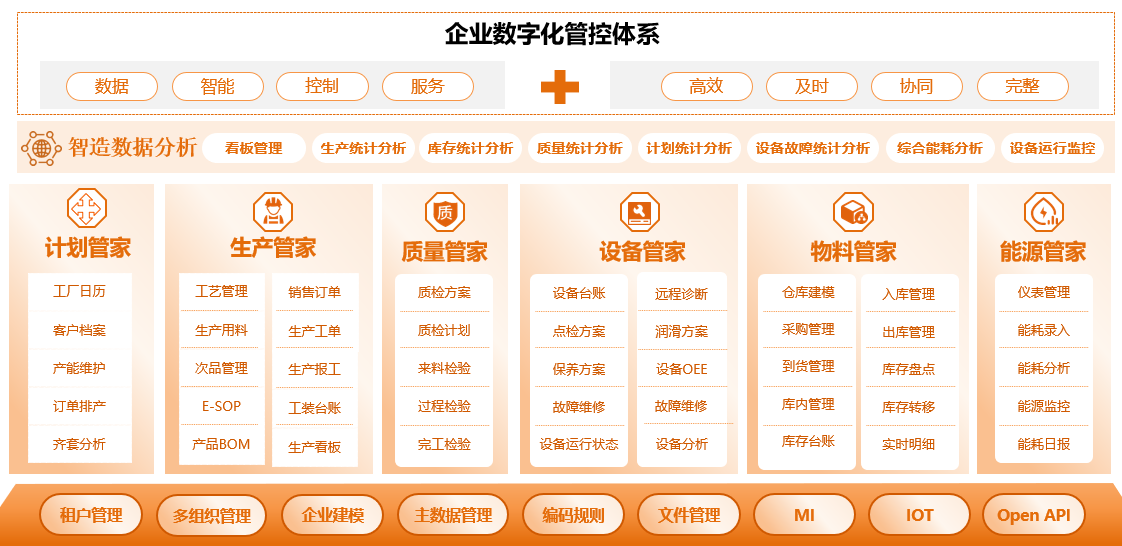-
l Labor-intensive: Despite the continuous improvement in automation levels, a large amount of labor is still required in the final product manufacturing stages such as garment production.
-
Fashion-driven clearly: The products have strong trendiness and seasonality. Innovation in design and brand value are the core competitive elements.
-
The market competition is intense: The entry barriers for the industry are relatively low, and the competition is extremely fierce, with generally low profit margins.
-
The industrial chain is long and fragmented: it covers multiple stages such as spinning, weaving, dyeing, and clothing design and manufacturing, and the enterprises are scattered across different locations.
-
The customer demands are diverse: For end consumers, the demands are highly individualized, diverse, and constantly changing, requiring prompt responses.
High degree of dependence on foreign markets: The export volume accounts for a large proportion, and it is greatly influenced by the international trade environment, tariff policies and exchange rate fluctuations.
Light Industry and Textile Industry

Industry characteristics
Digital transformation goals
Solution
With the "Small, Fast, Lightweight and Precise" management series, we provide small and medium-sized manufacturing enterprises with lightweight, simple, efficient and precisely adapted production operation management solutions.

Typical case

